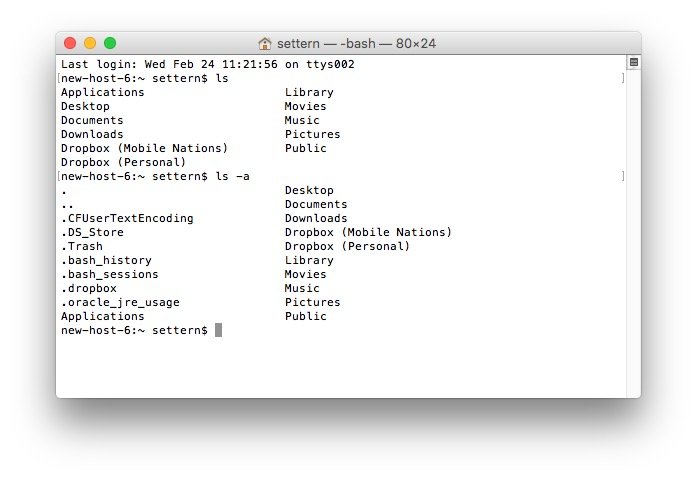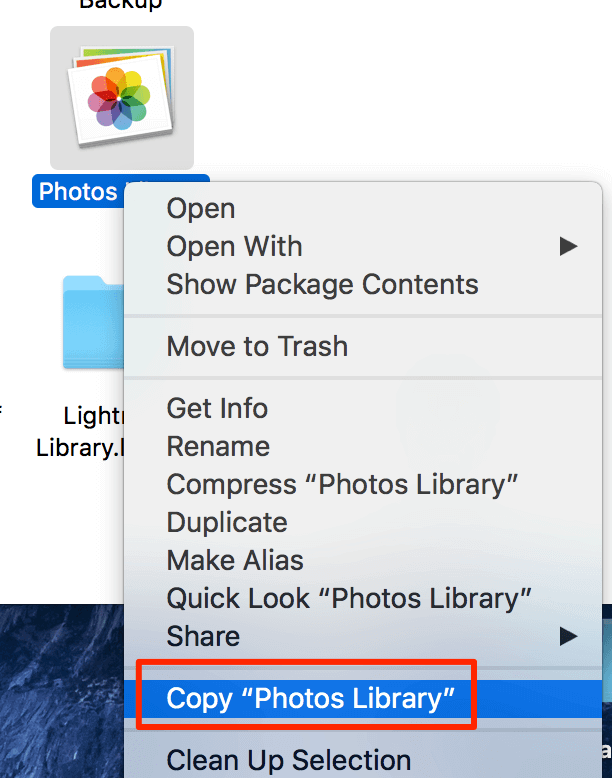Downloading All Files From Google Photos
- Navigate to Google Takeout
- Deselect all, and select the Photos archive
- Download and unzip your archive.
Your user library opens; Add Your User Library To Favorites! If you decide that you want regular access to your user library folder, another method that works is opening up a temporary library window using one of the above ways and then click and hold the Library icon shown at the bottom Path Bar and drag that library icon to your Favorites column in the sidebar. Follow the steps below to Restore Photos Library in Mac from Time Machine backup: If ‘Photos’ is open, you need to close it. Go to ‘Photos Quit Photos’. Click the ‘Time Machine’ icon in the Menu Bar and select ‘Enter Time Machine’. Time Machine opens and shows all your available Backups. To transfer your photos library from an Apple Mac to an external drive, you first need to locate the photos or a folder you wish to move. You can right-click and copy, then paste in the new location. Dragging and dropping will also copy the images or folder.
Each picture and video from Takeout will be accompanied by a metadata.json file containing all the EXIF data. Some pictures will even be stripped of their own EXIF data, usually Location and Date values, making the import process to another platform messy. We will need to merge the JSON and image file back together if we want to correctly import those images elsewhere.
Open mac Terminal 2. Type 'cp -rpv '. There is a space between p and - and a space at the end. Moving part or all of your iPhoto Library to an external hard drive is one of the most effective ways to free up precious space. Editor's note: This article was published in 2015.
Fixing Image EXIF Data
- Install https://exiftool.org/. This will allow us to read and write EXIF data, specifically from the JSON to the image/video.
- Open Terminal and use the below line in the codeblock. Replace '<DirToProcess>' with your unzipped folder of images (in Mac OS, you can drag the folder in terminal and it will populate the path). The ExifTool will go through all subdirectories so use the root folder’s path.
exiftool -r -d %s -tagsfromfile '%d/%F.json' '-GPSAltitude<GeoDataAltitude' '-GPSLatitude<GeoDataLatitude' '-GPSLatitudeRef<GeoDataLatitude' '-GPSLongitude<GeoDataLongitude' '-GPSLongitudeRef<GeoDataLongitude' '-Keywords<Tags' '-Subject<Tags' '-Caption-Abstract<Description' '-ImageDescription<Description' '-DateTimeOriginal<PhotoTakenTimeTimestamp' -ext '*' -overwrite_original -progress --ext json <DirToProcess>
This will copy all GPS location data, tags, captions, descriptions, dates and time taken information to ALL files (-ext '*') within the specified directory, excluding JSON (--ext json). See notes below to limit the file types. If you have pictures older than 1970, refer to this comment for a fix.
✨ We made a tool to easily process all your photos and videos at once. Be sure to check it out here!

Notes
- See all Google Takeout’s JSON file data and names here.
- See all Exiftool options here.
- You can change -ext '*' to specific files types like -ext jpg, or -ext mp4.
- Note that this will overwrite all files in that directory so keep the original archive zip as a backup.
Moving Library to iCloud


Mac Photo Library Files
- Use Photos.app on Mac to upload your pictures. Make sure to use the File > Import instead of dragging everything in the app, it works much better for large libraries.
- Everything should import well. If there are some pictures that show up at the wrong date, manually correct them with Image > Adjust Date and Time.
Apple Photo Library
Taking Care of Your Existing Google Photos Library
Use Terminal To Move Photo Library Macbook
- If you are keeping Google Photos as a secondary backup, there’s a couple of things to do. The Google Photos phone app will recognize all newly added pictures in your iCloud as new pictures and will start uploading them again as duplicates. I couldn’t find a way to prevent that so I let the Google Photos app upload the whole library again.
- Once all pictures are uploaded to Google Photos, navigate to https://photos.google.com/search/_tra_ where pictures will be sorted by Upload Time. Select all newly added pictures and delete them. Google Photos will not reupload the deleted duplicates. It will continue uploading new pictures you take on your phone in the future as usual.
Comments are closed.